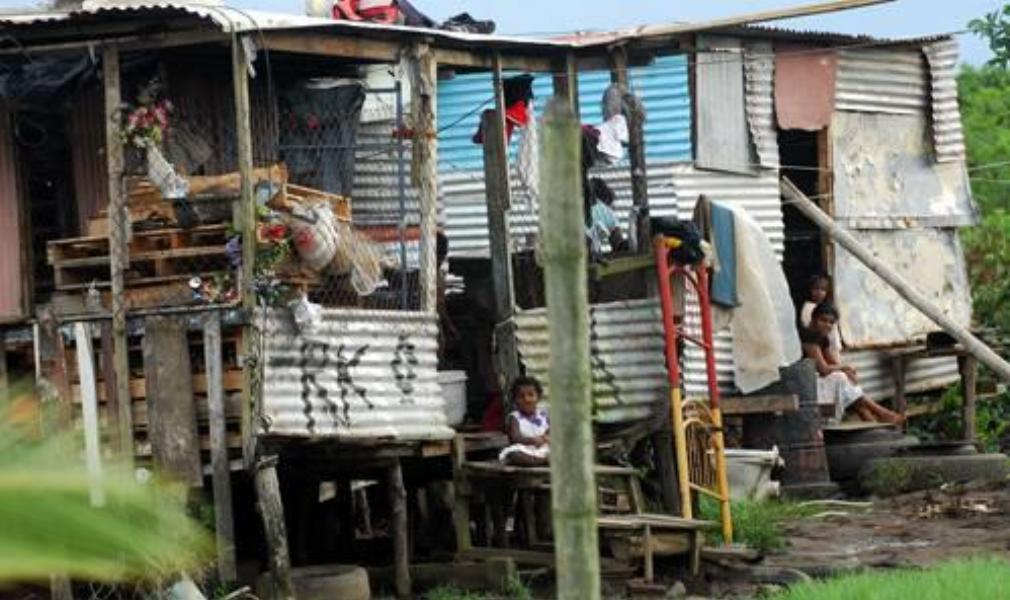
 There has been a massive reduction in poverty around the world in the last decade.
There has been a massive reduction in poverty around the world in the last decade.
However, the same cannot be said for Fiji.
The rate of poverty at independence in 1970 was 7%. Since then, it has increased almost four-fold and currently stands at around 32%.
Both the incidence and the severity of poverty increased between the three Household Income and Expenditure Surveys (HIES); with levels of 15% in 1977, 25% in 1990-1991, and 34% in 2002-2003 (Chand 2007).
Results from the 2008-2009 Survey show that poverty has slightly decreased but is still above 30%.
Desegregating poverty changes into rural and urban areas shows that while there was reduction in urban poverty from 28% to 19% between the two surveys, rural poverty increased from 40% to 43%.
Larger impact
Given the level of economic growth since 2008, depressed wages and salaries, high inflation due to global fuel and food prices, lack of employment creation in the formal sector and devaluation, the impact on poverty is likely to be higher.
Based on this, it would not be an exaggeration to state that poverty level in Fiji is now around 40%. In fact, some unofficial estimates put poverty level to about 45%, possibly be reaching 50% (Howes 2013).
It is apparent that economic growth over time and development related policies have not had the intended consequence of reducing poverty.
It is beyond doubt that Fiji’s economic performance has been relatively poor.
With a tumultuous political history, it has been constantly difficult to sustain growth rates required to make a significant dent on poverty and standards of living.
Government response
It has also been argued that previous governments’ ethnicity-based redistribution policies have played a part in contributing to increasing household poverty (Chand 2007). The rise in poverty and loss of real household welfare has increased the demand for social safety nets.
Realising the situation, the Government responded with a variety of social security and welfare measures. The overall success of the programmes on the impact of poverty reduction is mixed (Kaitani, 2007).

Dr Neelesh Gounder and Biman Chand Prasad teach at the School of Economics, University of the South Pacific in Suva, Fiji. The above is an extract of a Paper presented by them at a Conference held at Holiday Inn, Suva on August 20, 2013. Another related report appears in this Section. We will publish other extracts of their Paper in ensuing editions.
Photo Caption: Poverty has risen in rural areas






